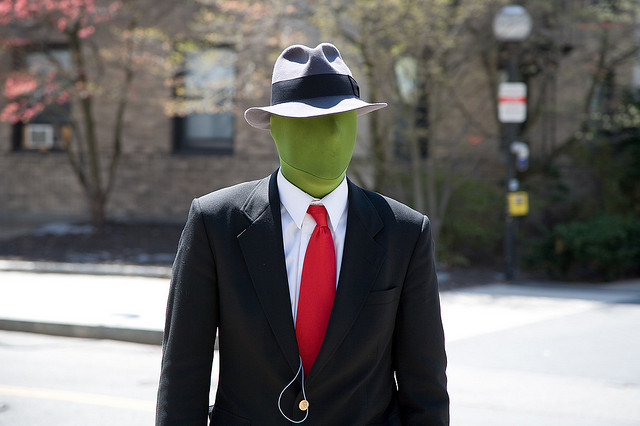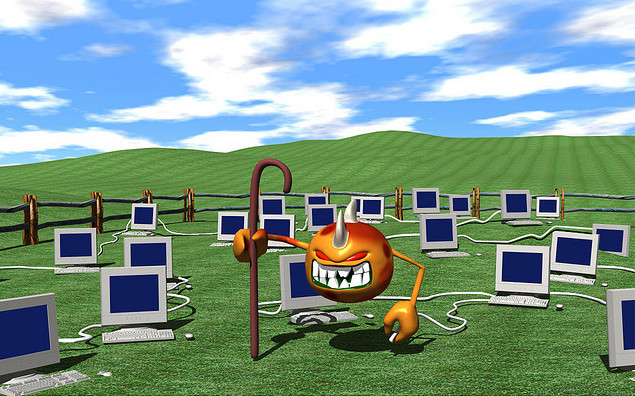Spalding Gray used to do a show called “Interviewing the Audience,” turning the tables on his usual format, in which he presented monologues about his own life. Spalding, alas, is gone, and the word “audience” itself has lost most of its meaning. But I still love the spirit of that idea, so I want to play around with it here. Let’s call it “Interviewing The People Formerly Known As The Audience.”
I asked for volunteers from subscribers to my weekly email and got a few. At some point in the future I’ll probably just randomly email visitors and subscribers asking if they want to participate. As you can see, this is not a tough interview — just a way for me to get to know you better, for you all to hear one another’s ideas, and for Wordyard to be less one-way and more in-the-round.
Our first interview is with Ken Hittel, who blogs at SocraticObserver.com. Here he is with a cat that appears to be named Jane Austen, which is a pretty great name for a cat:
Ken, who are you and what are you up to?
Long time, now-retired corp exec, built & managed digital presence (web sites, seo/sem, email, lead gen, sales tracking and ROI, mobile, social presence, you name it) for New York Life Insurance Company — widely regarded as the best in that business, he says somewhat immodestly… & now attempting to spread a little bit of practical digital know-how and wisdom more widely…
What does “being yourself†mean to you? what do you do that makes you feel most yourself?
Teaching (and listening & learning) — whether through writing or personal contact.
What’s one good thing you want to see happen on the web over the next year?
Roll back efforts to kill/curtail/impede net neutrality.
What’s your media diet? How do you go about choosing what you read, see, listen to?
Twitter; google+; nytimes.com; salon.com; slate.com; several select bloggers; cable news (to shout at); whymycatissad.tumblr.com; lots & lots of other random stuff (friends, family; neighbors; friendly people in Riverside Park, etc.)
Choosing stuff? much is old habit, rest is serendipity.
Give us a link to something you made, or something you love, or something that you want the rest of us to see!
Well, there’s a lot of good stuff — but I won’t resist the temptation to name my own blog: SocraticObserver.com and my constant and faithful day-time companion, Spike of Broadway:



 I thought I came late to John Darnielle and the Mountain Goats. By the time I discovered them in 2004, they already had a dauntingly extensive catalog of tapes and albums under their belt. But it turned out to be good timing: they were on the cusp of a creative leap. Now I’ve been a fan for a decade (previous posts
I thought I came late to John Darnielle and the Mountain Goats. By the time I discovered them in 2004, they already had a dauntingly extensive catalog of tapes and albums under their belt. But it turned out to be good timing: they were on the cusp of a creative leap. Now I’ve been a fan for a decade (previous posts 






